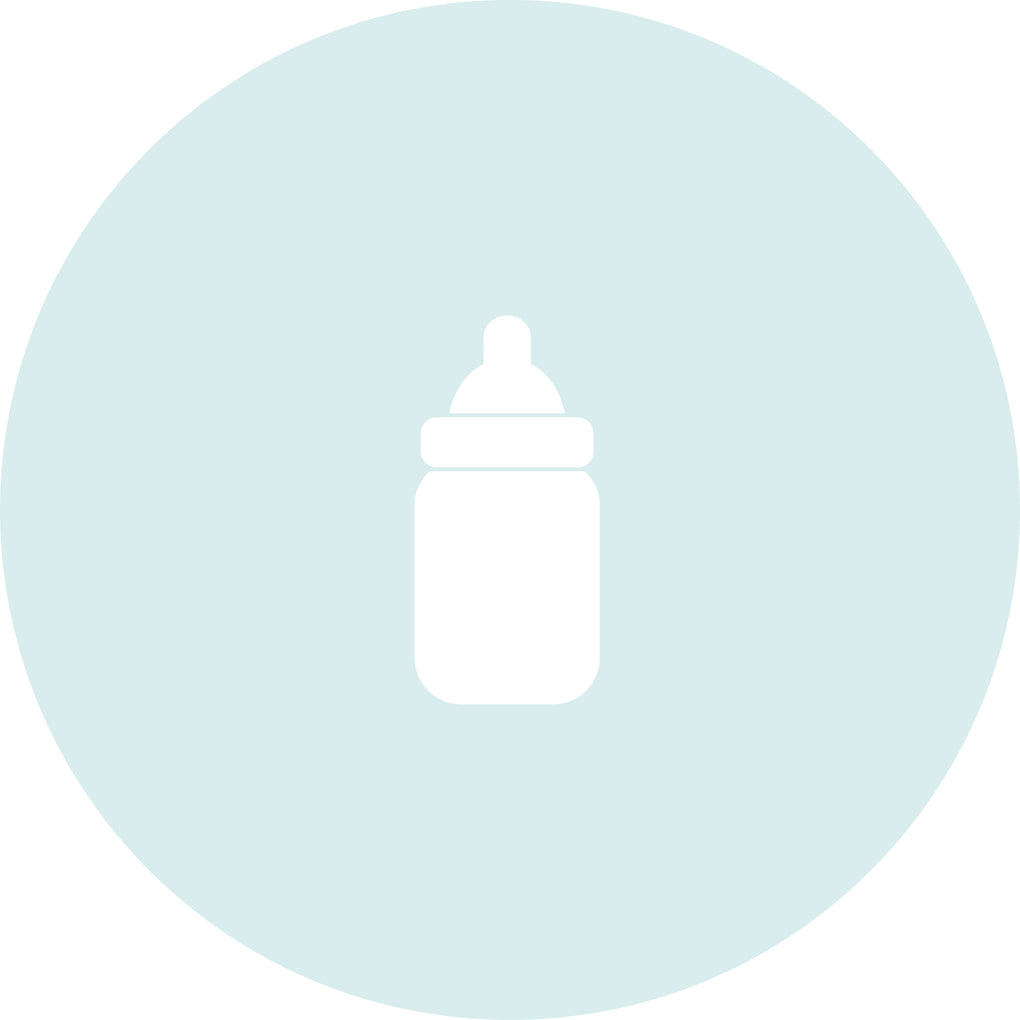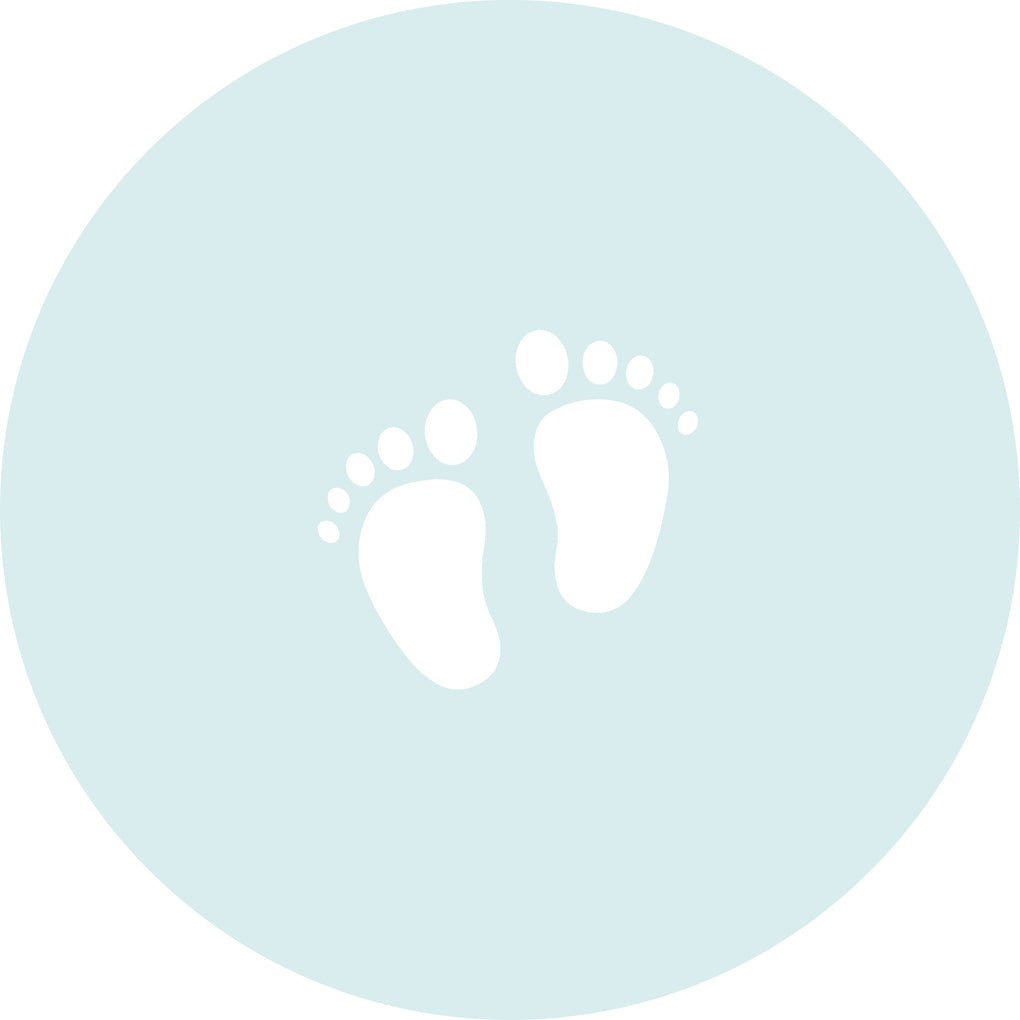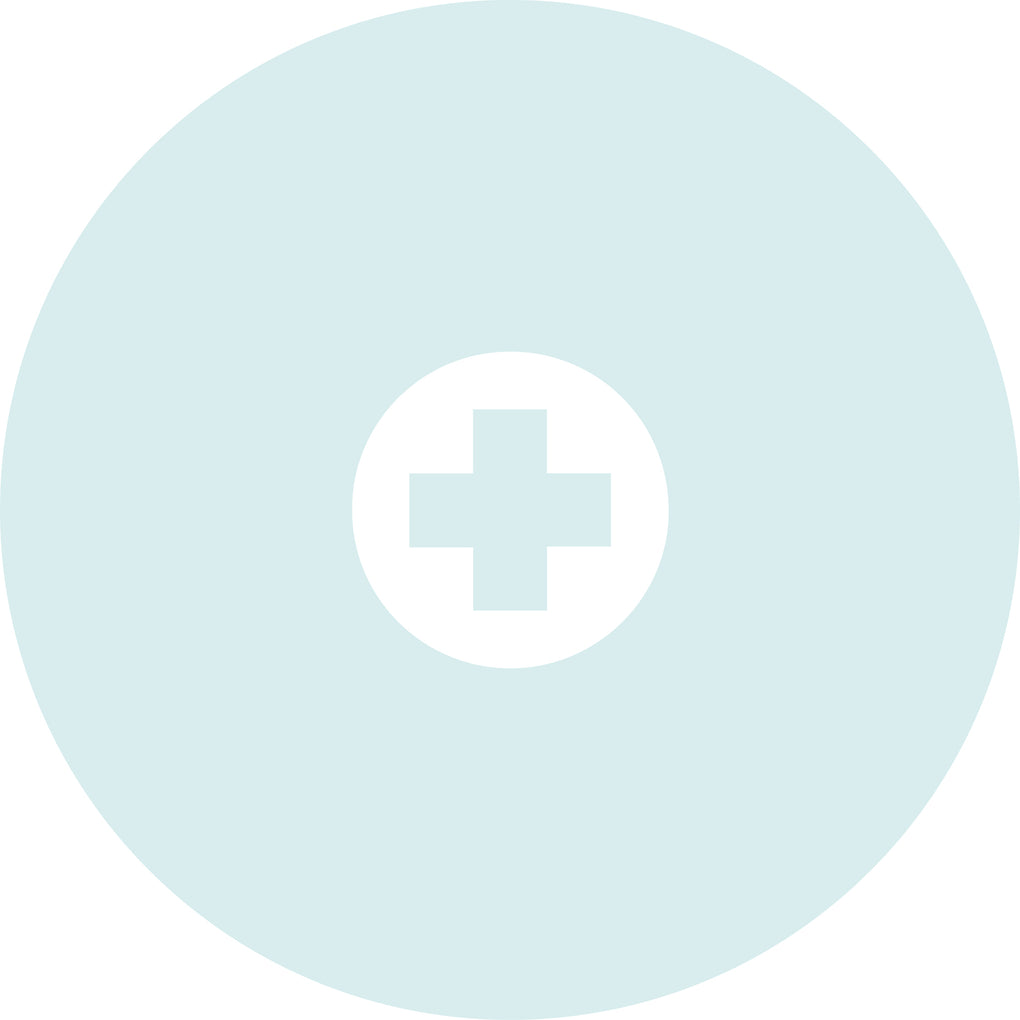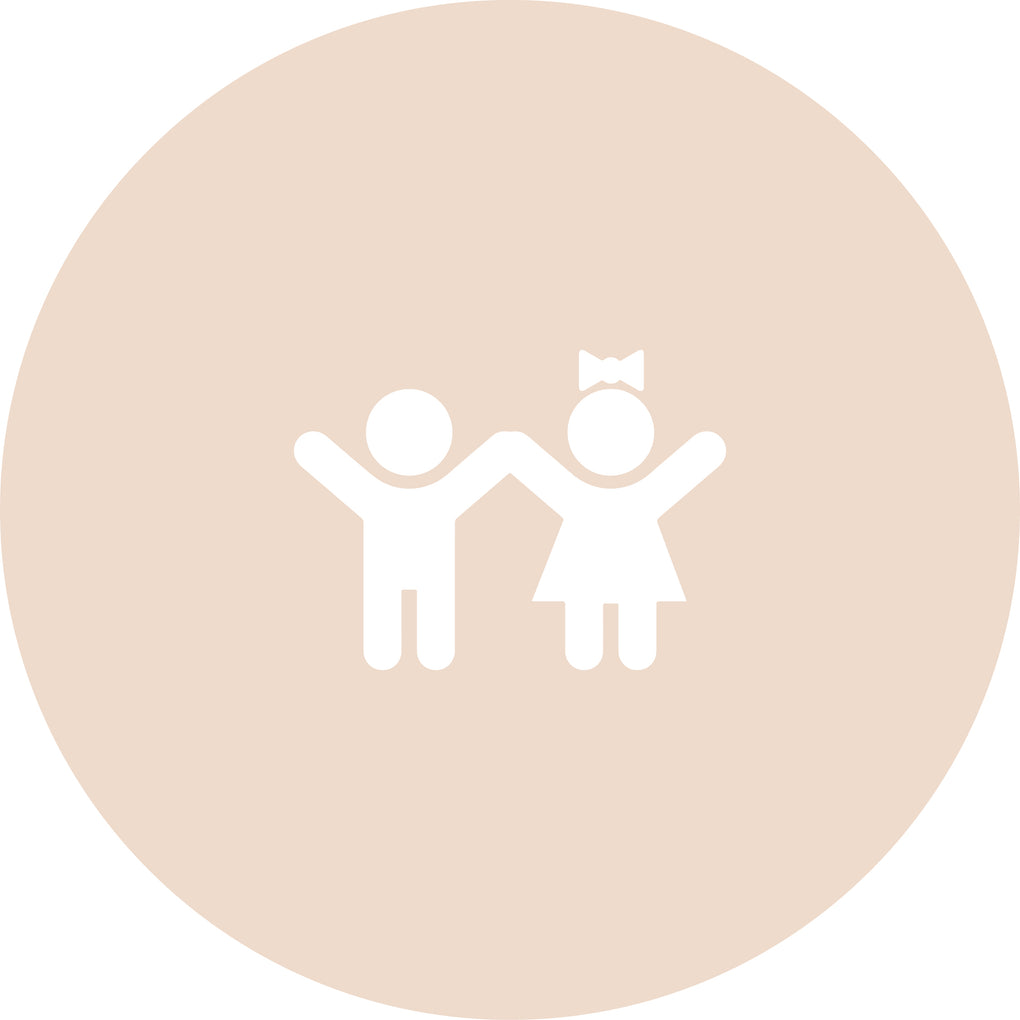Weaning is a milestone that should be cherished and enjoyed!
Here at Natural Baby Shower, we want to make sure that every family’s weaning journey is a positive one so, we aim to provide all the expert advice behind the foodie fun, to keep your baby nourished, happy and healthy.
That’s why this Weaning Week, we want to help explain some of the ways to approach your weaning journey. Experiences with weaning can be unique for every parent but there are a few recommended ways to introduce your little one to a new world of tastes and textures.
One of the tried and tested methods that we want to share is the 3 stages of weaning system, which gives you a step-by-step guide on how to gradually introduce solid foods. Many parents have found this 3-stage system simple and successful, so we’ve popped together a detailed breakdown of what to expect at each stage.

What to expect
So, before we delve into the specifics (we know as parents your time is valuable!), let’s briefly outline what exactly the 3 stages of weaning is all about…
The 3 stages of weaning journey offers a gradual introduction to tastes and textures over the course of your baby’s first year. The stages and dates revolve around the development of your baby and whether their behaviours give an indication that they're ready to progress into the world of solid foods.
The stages are currently separated by the following dates:
- Stage 1 – Introduction of solid foods – from around 6 months.
- Stage 2 – More textures and tastes – from around 7 months.
- Stage 3 – Wider variety and family food – from around 9-12 months.
It's important to note, while this system is a great guide, every baby goes through weaning at their own pace. So, try not to be too hard on yourself if you find your own different way of doing things or your dates don’t exactly align.

Equipment checklist
Before you get started with weaning, make sure you’ve got all you need to hand to help make the process run smoothly, meaning you and your little one can spend more time enjoying it all! These are the products that we recommend to have at the ready;
- Highchair
- Bibs
- Soft weaning spoons
- Small suction bowls
- First cup
- Weaning mat
- Food steamer/processors - (optional)

The 3 stages explained
Stage 1: Baby’s first tastes (4-6m)
NHS guidelines advise that babies between 4-6 months can have their first tastes of solid foods. If you’re not sure whether your little one is ready yet, some of the indicators include:
- They’re sitting upright and holding their head steady
- Co-ordination in using their eyes, hands and mouth to look and pick up food by themselves
- They’re swallowing more (rather than spitting it back out)

How to start
If your little one is displaying all the above telltale signs, it may be time to start weaning! In the beginning, try not to worry about how much food they’re trying out. Instead, focus on the important things like getting used to new textures, tastes and moving the food around their mouths.
Begin with one meal or two meals a day and only with tiny amounts, a couple of teaspoons will do. As this is the experiential stage, make sure not to decrease their current milk intake as this will still be their main source of nutrients.
Stage 1 foods
You can start off with the usual purees to be on the safe side if your little one hasn’t quite grasped the chewing motion yet. Otherwise, soft, cooked vegetables are always the best sort of foods to start out with. Some of the ones recommended include:
- Broccoli
- Avocado
- Kale
- Spinach
- Courgette
- Cauliflower
- Carrots
- Pureed peas
- Butternut squash
Alternatively, you can opt for some cooked or soft fruits too such as bananas, mangoes, berries etc. It’s good to introduce a variety of food, if possible, especially lots of new colours for them to see and play with.

Stage 2: Introducing more adventurous foods (7-9m)
At around this stage your little one should've started to get used to some of the early solid foods (fruit, veg, etc.). So now, this is the fun part to start trying out the more adventurous groceries.
Your baby can now be eating solid foods 2-3 times a day. Over time they will start to enjoy a small bowl of about 2-3 tablespoons for each solid feed. As well as eating for pleasure, hopefully they’ve began chewing foods and swallowing what they’re putting in their mouth. At this time, it’s encouraged to start slowly decreasing the amount of milk they consume and pacing them out between solid feeds.

Stage 2 foods
Finger foods other than purees will be best to promote their mouths to chew. Try to increase the texture of food on the spoon too, you can do this by only slightly blending or “smushing” food - mash potato with small lumps can be a good choice. Foods to give your baby at this second stage might include:
- More textured food – like mashed, cooked fruit or vegetables rather than pureed.
- Dairy products, such as yoghurt or soft pasteurised cheese.
- Soft, cooked white meats – chicken, turkey or white fish, such as cod – cooked until it’s flaky and checked for bones.
- Finger foods such as cucumber batons, steamed vegetable chunks or baby biscuits.
- Cooked pasta pieces that your baby can pick up.
- Oatcakes or rice cakes.
Protein-rich foods such as beans, pulses and eggs are a good source of iron which will be important for your little one at this stage. That’s because, at birth, a baby has stored approximately 6 months of iron. After this, they will start to source it from the foods they eat.
If you want to follow a veggie-weaned diet, note that sources of iron from vegetables are not as well absorbed as iron from meat. On the bright side however, the vitamin C levels found in vegetables can help the body absorb iron.
Stage 3: Balanced meals (10-12m)
When your little one is approaching 1 year of age, you may be starting to make the change from milk dependency to complete solids. Most of their nutrition will now be coming from the foods they eat, which is why it’s important to offer a variety of things at mealtimes.

Stage 3 foods
Crunchier, firmer foods are now on the cards, as their teeth start to come in and are able to chow down on some more crispy treats. Their meals can even (mostly) include a smaller version of what the rest of the family is eating at the dinner table, including heavier foods such as chickpeas and red meats.
You may have already distinguished some of the foods that are going down well and others your little eater is not so keen on. Although, experts at the University of Burgundy suggest that young children can be made to like a new food by introducing it 5-10 times so, it may be worth trying something that one more time, to see if those head turns were just a phase.
While weaning has become the important source of nutrients, still allow for milk feeds around 2/3 times a day, spaced out between solid feeds. After 12 months of age, your little one can even start to drink cow’s milk (excl. CMPA sufferers) as their main milk drink. Although full fat would be best for those under 2 as this possesses all the fats and nutrients they need.

Continuing your weaning journey
So, now you know how and when to start introducing foods to your little one’s diet and, why certain foods start to become more important. Continuing your weaning journey should become easier (and a little less messy) plus, you can start to enjoy family meals collectively with the same food. As part of their 3 meals a day, the NHS recommends the following diet for babies at 12 months and over:
- a minimum of 4 servings a day of starchy food, such as potatoes, bread and rice
- a minimum of 4 servings a day of fruit and vegetables
- a minimum of 350ml milk or 2 servings of dairy products (or alternatives)
- a minimum of 1 serving a day of protein from animal sources (meat, fish and eggs) or 2 from vegetable sources (dhal, beans, chickpeas and lentils)

However, once your little one turns 12 months old, don’t feel pressured to stop your routine if it’s working for you both. For example, if you’ve chosen to breastfeed, the World Health Organisation recommends you continue to do so until they reach the age of 2.
This doesn’t necessarily mean if you haven’t chosen to breastfeed or, you feel more comfortable stopping earlier that this is “wrong”. Whatever works for you and your baby will be best, just make sure that whatever your routine, they receive the right nutrients from a source of replacement.



















